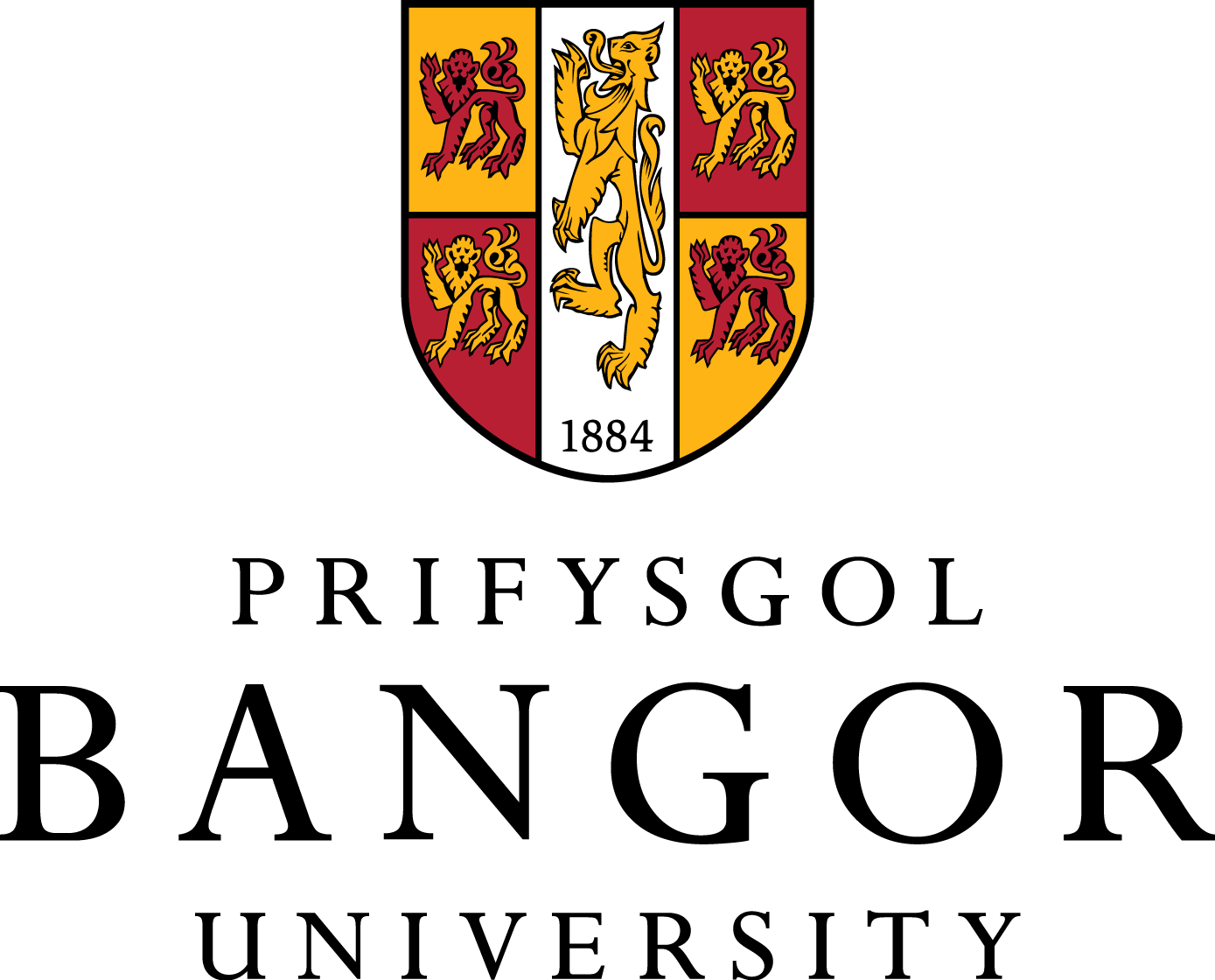About the Exhibition
The Data Art 2025 Exhibition is part of the third-year Creative Visualisation course at Bangor University. Students explore innovative ways to represent data through visual and interactive media.
Led by Prof. Jonathan C. Roberts, the course fosters authentic learning experiences and public engagement through art and data.
The School of Computer Science and Engineering at Bangor University champions both visualisation research and education. We welcome new projects, partnerships, and collaborations across all forms of visual communication, from exploratory and explanatory graphics to data art and narrative-driven storytelling.
Let’s create something together—get in touch!
Professor Jonathan C. Roberts
Dr Peter Butcher
Further Reading
- Creating Data Art: Authentic Learning and Visualisation Exhibition. Roberts, Jonathan C. Computer Graphics & Visual Computing (2024). < Paper > < Conference>
- Fostering Creative Visualisation Skills Through Data-Art Exhibitions. Roberts, Jonathan C. IEEE VIS: Visualization & Visual Analytics, 2024, IEEE VIS 2024 Posters (2024). < Paper >
- Engaging Data-Art: Conducting a Public Hands-On Workshop. Roberts, Jonathan C. 2024, EduVis: 2nd IEEE VIS Workshop on Visualization Education, Literacy, and Activities (Session 1). <ArXiv version> <Metadata> <PDF> <DOI> <Workshop Website>
-
Data meets creativity: Authentic learning through data art design and exhibition. Roberts, Jonathan C.
Computers & Graphics, 2025, May 20th. ISSN 0097-8493, doi.org/10.1016/j.cag.2025.104248, and https://www.sciencedirect.com/science/article/pii/S0097849325000895
Abstract: We introduce an authentic learning task, where students create data art visualisations from selected datasets to be showcased in a public exhibition. Our vision is to explore how creativity and visualisation intersect and how combining these elements results in an authentic learning task for computing students. Run over two completed academic years, with a third cohort nearing completion, this initiative offered an active learning environment that fostered student engagement, creativity, and the application of practical skills. We detail the structured approach, outlining eight steps that students perform: topic selection and research, data analysis, researching artistic inspiration, conceptualising designs, proposing solutions, creating visualisations, reflection and curating an exhibition. Our framework equips educators with detailed lectures and activities, enabling them to implement similar tasks in their own teaching. Finally, we present illustrative examples of student outcomes and share reflective insights, showcasing the impact of integrating authentic learning with public-facing creative projects. This approach enhances technical skills while connecting academic learning to real-world professional practice.

